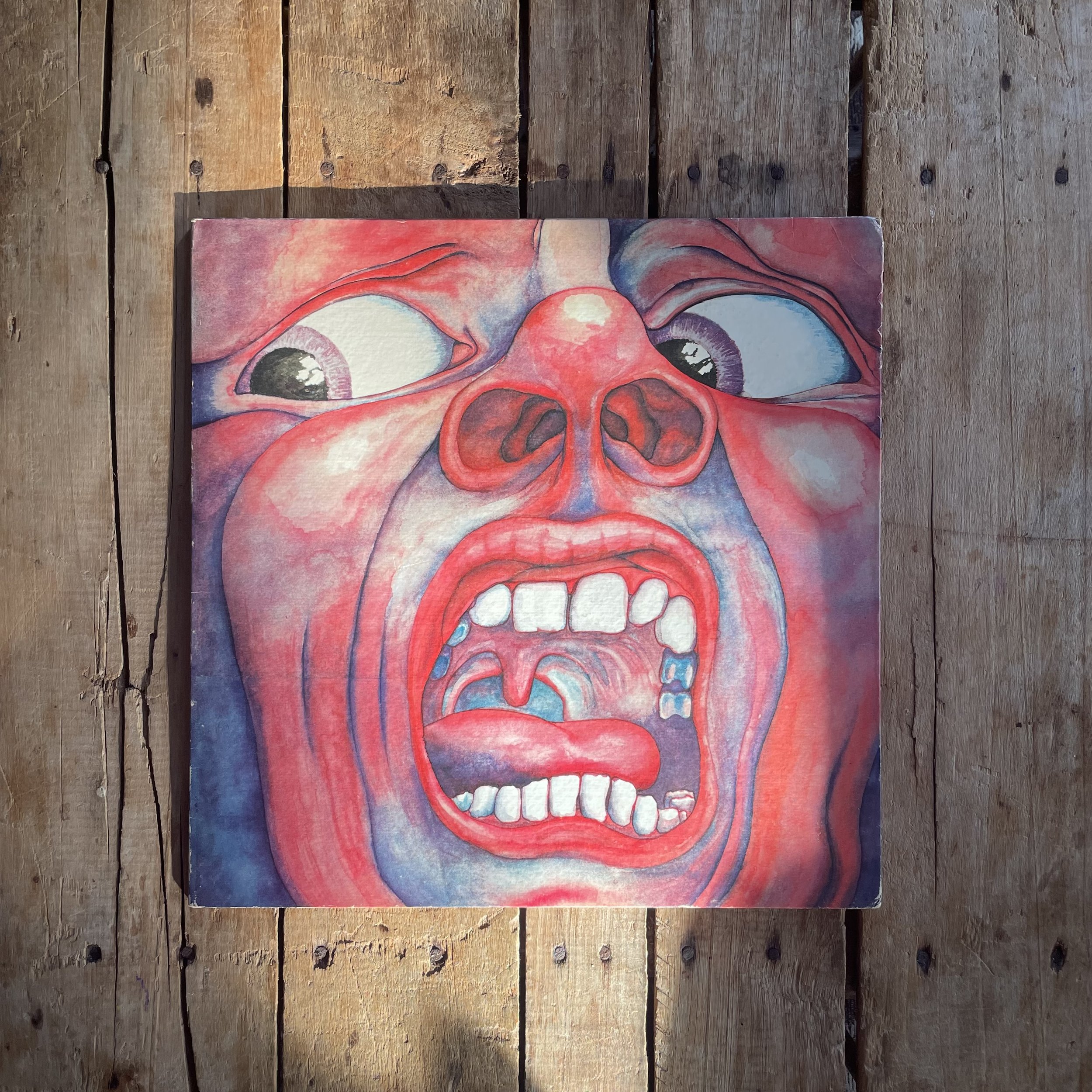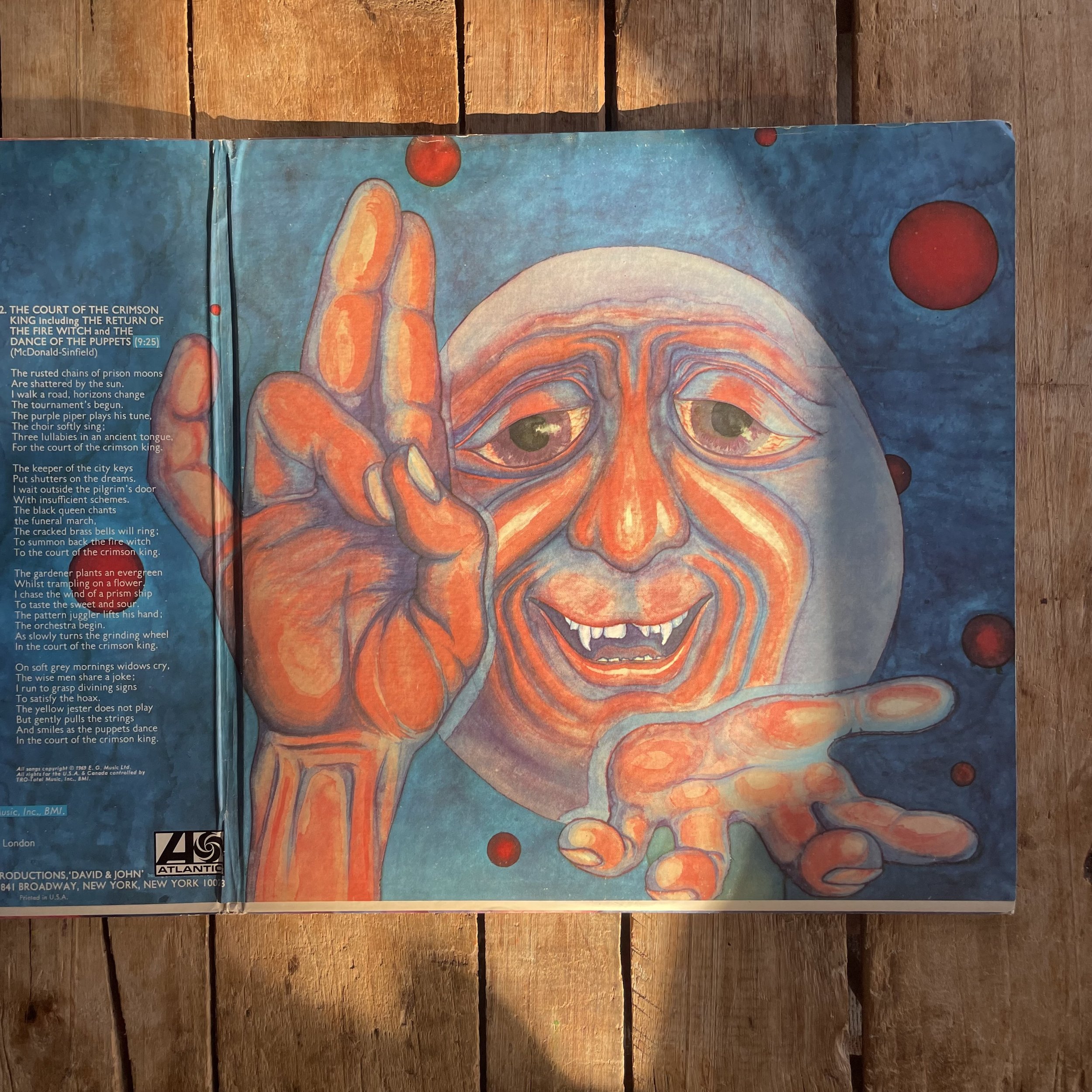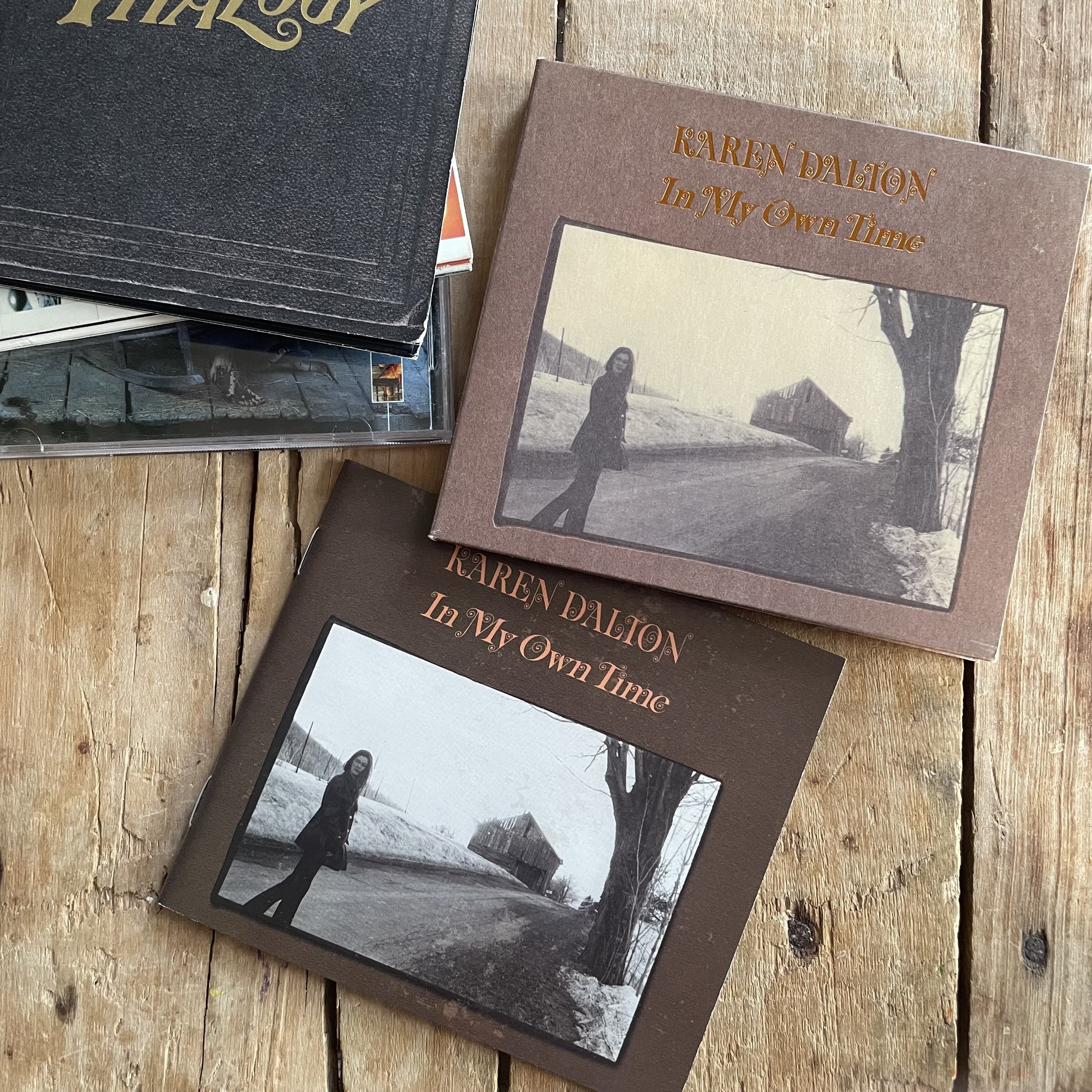It’s October, and the weather in Nebraska is seesawing - temperature in the 40’s and 50’s at night, the 80’s and 90’s in the afternoon. The ups and downs have left my body in a state of confusion which has started to infiltrate my sleep. As I write this, it’s 4:28 a.m. A family of raccoons is squabbling on the roof above my bedroom, and I have turned the light on, finally, after failing to sleep through the noise of their shrieks and stumbles—noises which have inspired my cat, Goose, to engage in a round of tail-chasing across the bed, his small but dense body a cyclone across the sheets. There’s no use in trying to sleep more now, so I pick up a book from the wobbly pile stacked high on the nightstand: Minnie Bruce Pratt’s 1995 essay collection, S/HE, a book which I finished weeks ago, but have been carrying around with me ever since.
What can I say about this stunning, singular book? I want to start with the fact that Minnie Bruce was my teacher for a short time, at the end of my MFA program in Syracuse, NY, when I took an intensive two-week spring course on creative nonfiction with her. I remember that her classroom was a space where students felt compelled to bring in pieces of the natural world. A small box with a fragile snakeskin was passed around one morning, plucked from a classmate’s yard. Another day, someone brought in a few clumsy tulips that had been cut and discarded in a nearby garden. For the remainder of the class, they sat on the floor in the center of the room in a small plastic cup filled with water, our desks in a circle around it. Somewhere on my phone, I have a blurry photo I snapped of the flowers, Minnie Bruce at the top of the frame, a half-eaten apple in one hand, a thick stack of papers on her desk.
At the end of the two weeks, she emailed us to thank us for our work, including a video of Mercedes Sosa singing “Gracias a la Vida,” as well as a transcription of both the Spanish lyrics and an English translation. The last verse of the song goes:
Thanks to life, which has given me so much.
It gave me laughter and it gave me tears.
With them I distinguish happiness from pain
The two elements that make up my song,
And your song, as well, which is the same song.
And everyone’s song, which is my very song.
Most of my other interactions with Minnie Bruce came when she would stop by the used bookstore where I worked for a couple of winters in Syracuse. Once, as I was contemplating applying for another graduate degree at the University of Nebraska, she told me about a trip she had taken to Nebraska, where she stayed in a big house (in my memory, the house was located near Red Cloud, but this was long enough ago that I may be inventing that part). A huge lightning storm came through the night she stayed, thunder and wind shaking the foundation of the house. “It was like no storm I had ever experienced,” she said.
Now, back to the book. S/HE has been on my to-read pile for years now, but it’s sadly been out of print for some time (although, fortunately, it appears that Sinister Wisdom will be republishing it this December as part of their Sapphic Classics series). It’s a collection of essays that only a poet could write: brief, lyrical vignettes that cradle emotion and vulnerability like precious jewels. Take this passage, which on my library copy is excerpted on the back cover:
Desire is like a poem. The knife can mean death and life, but whose hand holds it? The rose can mean petals and canker in the bud, but whose hand spreads it? With each criss-crossing gesture the meaning of lust will shift. If we dare claim our lives as our own, we must read all the poems we write with our bodies.
The book opens with the essay “Gender Quiz,” its title referring to the compulsory quiz that Pratt and many others took in high school, “with its two ways to answer, its two ways to turn: straight or gay, heterosexual or queer.” She traces her origins as a woman growing up in the south, coming into her sexuality in a place where homosexuality was criminalized (Pratt lost custody of her two children after divorcing from her first marriage in a state where a “crime against nature” statute criminalized homosexual activity; this later became the subject of her 1990 collection, Crime Against Nature). As she recounts memories of coming into her queer identity, she begins questioning and complicating the narratives of gender and sexuality which dominated for so long. Describing a visit home in which she introduced her new love to her first girlfriend, she writes, “I was learning that I was more complicated than I’d had any idea. I was beginning to pull the thread of who I was out of the tangle of words: woman and lesbian, femme and female.” A little later, she writes:
No one had turned to us and held out a handful of questions: How many ways are there to have the sex of girl, boy, man, woman? How many ways are there to have gender—from masculine to androgynous to feminine? Is there a connection between the sexualities of lesbian, bisexual, heterosexual, between desire and liberation? No one told us: The path divides, and divides again, in many directions. No one asked: How many ways can the body’s sex vary by chromosomes, hormones, genitals? How many ways can gender expression multiply—between home and work, at the computer and when you kiss someone, in your dreams and when you walk down the street? No one asked us: What is your dream of who you want to be?
S/HE is remarkable for its complex considerations of gender, the body, and sexuality, but also for the tenderness with which Pratt recounts her experiences. She ends the first essay by naming the waves of social change in the United States that she has witnessed, writing that the theories developed by each have “complicated our questions about the categories of race, sex, gender, sexuality, and class,” advancing “our ability to struggle against oppressions that are imposed and justified using these categories.” But theory, Pratt states, is not enough, writing that “we can not move theory into action unless we find it in the eccentric and wandering ways of our daily life. I have written the stories that follow to give theory flesh and breath.”
And flesh and breath are where these pieces are rooted. The body is so gorgeously present throughout the book, all of the senses tuned in to the experience of memory. This is especially the case near the center of the book, where the essays suddenly turn to a direct address, beginning with this beautiful sentence: “Standing in the pit of the auditorium, you are someone I don’t know yet, handsome in silky shirt and tie, hair clipped close almost as skin on your fine-boned head.” The you here is Pratt’s longtime beloved, Leslie Feinberg, activist and author of Stone Butch Blues. The rest of the book retains this direct address to Feinberg, Pratt’s memories of their developing relationship being the fulcrum around which she explores her evolving definitions of sexuality and gender expression. On her website, Pratt wrote:
My adult life has been an exhilarating struggle to resist, militantly, the oppressive categories that the ruling status quo places on us–and to live, triumphantly, the identities and complexities that we feel to be true for ourselves. As my life and Leslie’s flowed together, I gained immeasurably in my understanding of that struggle—in my understanding of how we live all our sexualities, sex identities and gender expressions. The stories in my book S/HE are about these complexities in our daily life—and many of them are also love tributes to Leslie. I could write a book about how much I love hir—and I have.
There is one last passage I want to quote from S/HE—what is perhaps the most beautiful moment in the collection to me, a fragment which I think encapsulates part of the particular beauty of Pratt and Feinberg’s relationship. This is from “Palace,” a short essay centered around a memory of walking through a garden. It’s one of those wonderful moments where the writer refers directly to the thing they’re writing, which we’re now reading. I love these moments, because they make the writer feel suddenly, wildly present, as if I am reading the book in the same instant they are writing it. I can imagine both the scene she is writing about and, later, the act of writing of it—the author at her desk, her pen moving across the page, or the typewriter clacking. Here is the excerpt:
We stroll slowly down the green aisle, while I tell you something of what I am writing now, vignettes of daily life, the delicate twining of forbidden words, the way sex and gender and sexuality spread their tendrils through our lives and wrench us open, like the kudzu vine that heaves up asphalt from the road or pulls strands of barbed wire from the fencepost. I tell you how often I am afraid to write what leaps through that gap. As we reach the grape arbor’s leafy corridor, you suddenly kneel in front of me and kiss my hands. At the edge of the emerald lawn other visitors stare at the extravagant gesture, while I shift between unease and delight. You say, “I’m telling you now: Whatever you write of me, or of us together, you will never have to ask if I approve. The only place I want to live with you is in the palace of truth.”
I can’t read those words—let alone copy them into this open word document, as I did just now—without my eyes filling. I began writing these notes in my bed, in the early a.m. hours, but of course now that I am coming to the end, I am somewhere else (a coffee shop), on a different day (a Saturday, the day heating up, October still continuing on in its unseasonably warm spell), which is to say that as I wrote those words—Pratt’s words, Feinberg’s, their poetry, this intimate moment which we’ve been allowed to enter—I found myself openly crying in a coffee shop, not really caring if anyone noticed.
Further reading:
This essay by Julie Marie Wade published at Lambda Literary about Pratt’s 1990 poetry collection, Crime Against Nature.
Pratt’s poem “Justice, Come Down” from The Dirt She Ate.
Magnified: Pratt’s final collection of poetry, a series of love poems working through the loss of her beloved. And also this interview with Pratt and Sarah Heying, talking about the book in 2021.
This essay on the queer south by Pratt, which was adapted from a speech she gave at the 2020 Southeastern Women's Studies Conference.



















